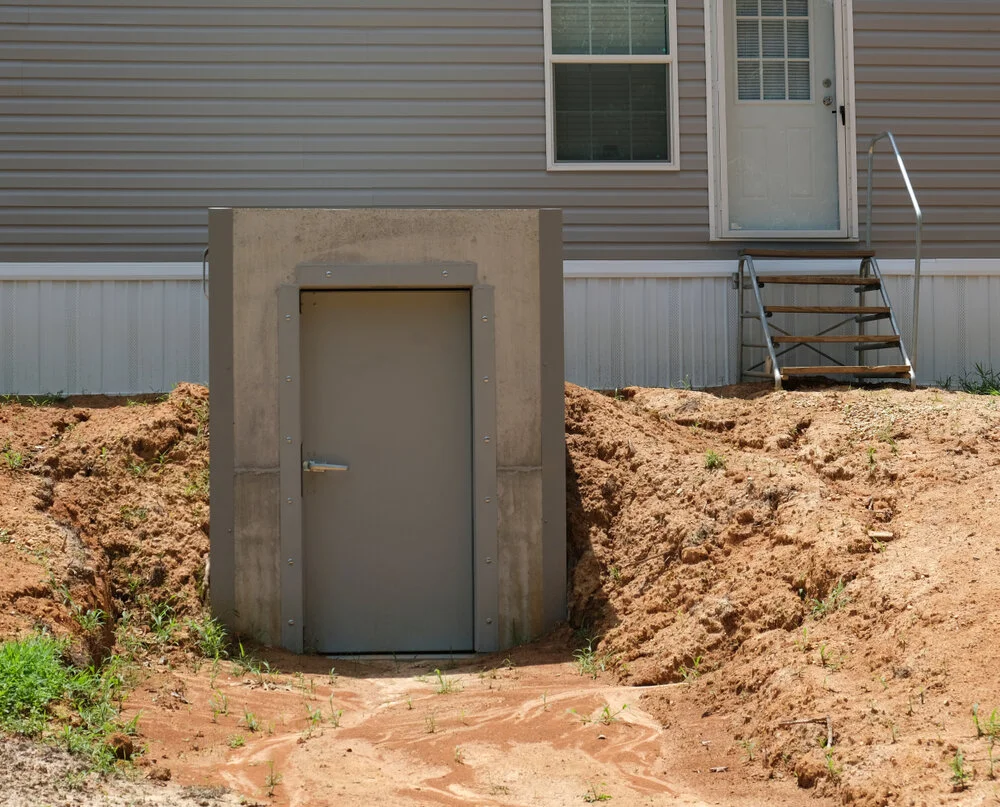How Storm Shelters Are Life Savers?
About 10,000 individuals die each year because of storms in the USA only. Numerous families, all of them from a preventable disaster, have been torn apart.
The biggest challenge that severe storms pose is their unpredictability. Tornadoes are able to develop spontaneously and fly for hundreds of miles per hour. Preparing well is the only way against these hurricanes.
Fortunately, options are available, the most important of which are storm shelters. By providing them with a physical shelter when anything else cannot can help, protect the ones you love.
Why should extreme storms not be taken lightly?
The occurrence of fatal storms is easy to underestimate. Some believe that storms do not have the ability to develop after a few hours of thunder and rain, outside of hurricanes and tornadoes.
10% of common thunderstorms evolve into severe storms. Extreme storms are categorized as having wind velocities of 60 mph. This is sufficient to uproot trees, inflict structural damage to buildings, and kill people at the wrong time and wrong place.
For those living in the South-Eastern US, the risk is extremely high. 18 tropical storms, six forming into hurricanes, were seen during the 2019 hurricane season. At least three of these were Category 3, hitting maximum persistent wind speeds of 111 mph or greater.
Is it prudent to roll the dice, with the risk so high and the penalties so severe? An investment that reduces this risk and protects all that matter is residential tornado shelters.
Why Irreplaceable Storm Shelters Are
The unpredictability of extreme weather is why there are few choices to protect against it. One does not easily flee or put oneself far from harm's way reliably. People must have access to immediate protective shelter when the worst arrives.
Well-designed residential tornado shelters built in compliance with the Federal Emergency Management Agency (FEMA) FEMA P-361 guidelines can withstand 250 mph wind speed of and force of 3,000 pounds. That is enough to resist every category of hurricane's sustained wind speeds.
Basements are no substitute for shelters for hurricanes. The complete collapse of basement walls on those inside has resulted in even mild tornadoes.
What is the cost of a safe room being installed?
It is worth any price to save the lives of the people you care for. Luckily, for less than the average price of a used vehicle, storm shelters can be built.
For houses, it is possible to install FEMA P-361 grade residential tornado shelters for $5000. This will be an area of approximately 20 square feet, offering a protected space with a capacity of six people.
For enterprises, it will cost about $8500 for a FEMA P-361 grade storm shelter. This scale holds the highest capacity of 15 individuals at 70-square-feet. A distinction is made between a shelter's private and business capability. In reality, a 70-square-foot safe room could accommodate 20 people comfortably, but they would be far closer to each other.
In the event that a FEMA P-361 grade storm shelter is utterly impossible to afford, cheaper shelters can still be successful. Know, more security than a basement alone would be offered by almost every safe space. Taking the area you are located in and the environmental conditions into account.
For just $3000, portable, 10-square-foot storm shelters can be built. These can pose a risk of debris and collapsed walls caused by high wind speeds. They can however, provide ample protection from the most extreme storms.
The key factors influencing the cost of safe rooms are:
Scale Size
Materials such as concrete, wood or combination
Incorporated in a new home vs Retrofitted to an existing one
Site-constructed vs Prefabricated
The Cost Is Worth the Risk
Every year, thousands of Americans lose their lives to extreme storms. Such a disaster could have stopped a substantial number of these casualties with sufficient shelter. Safeguard the wellbeing of those you care for and plan a storm shelter in advance. Until it unexpectedly happens, most do not intend to become a victim. Call us at EF5 Tornado Shelter in OKC for building a below the ground or above the ground shelter.



